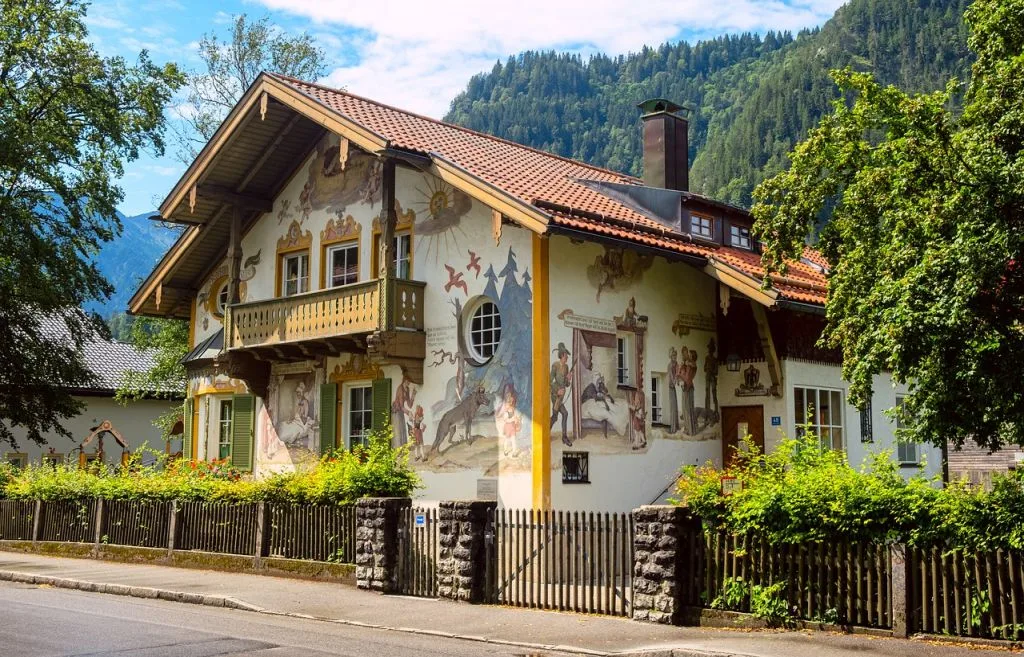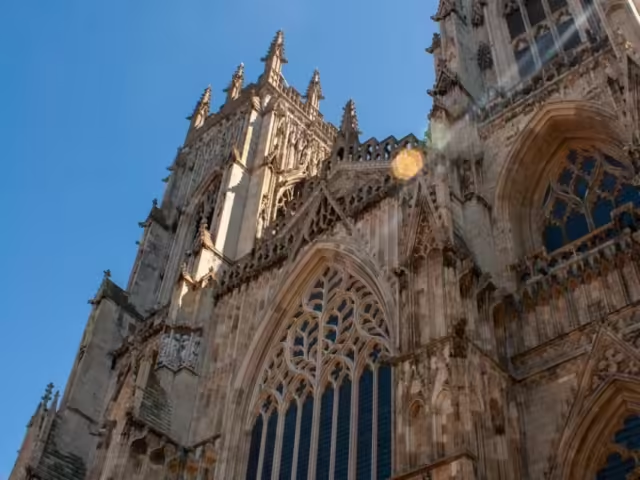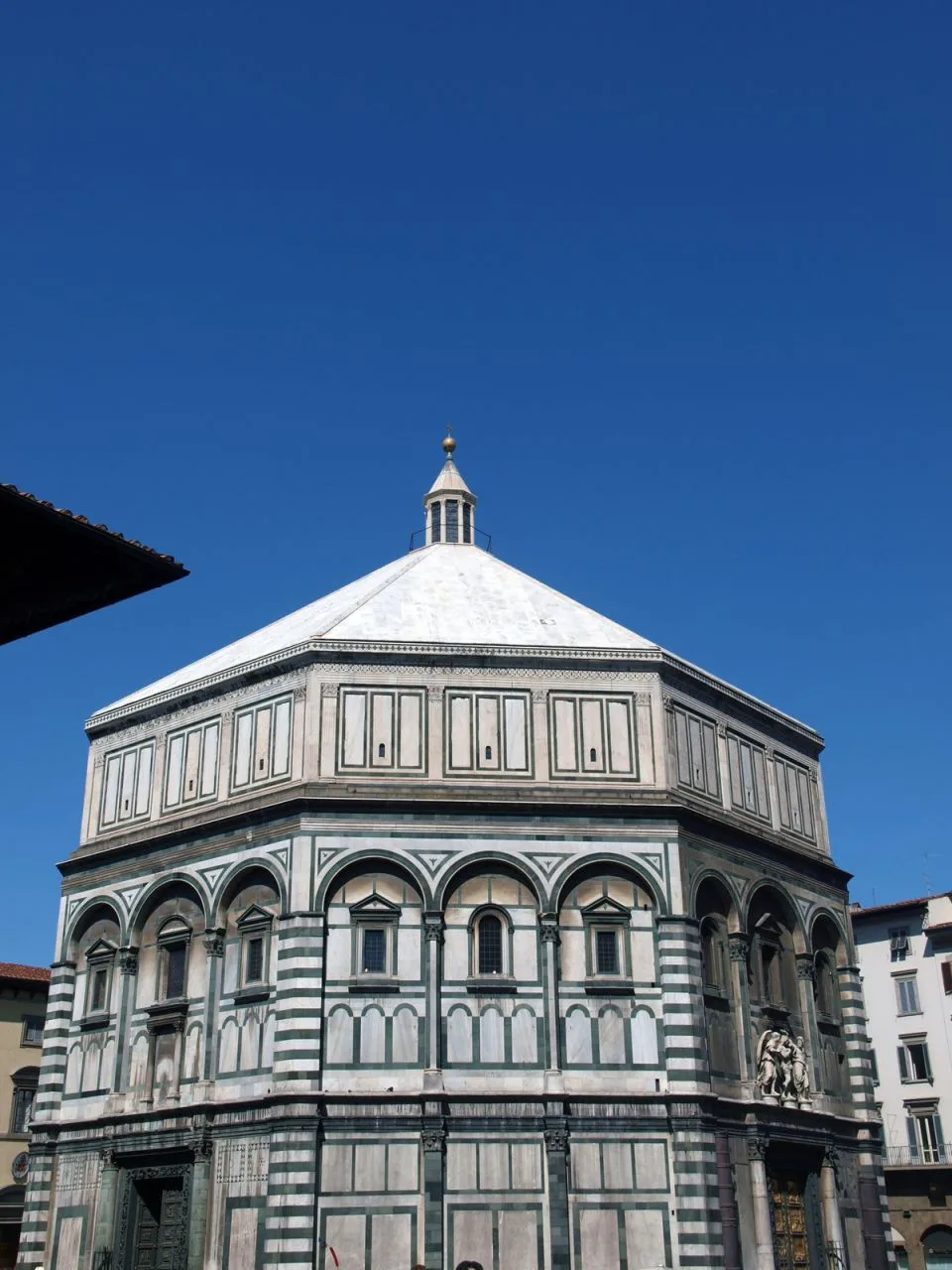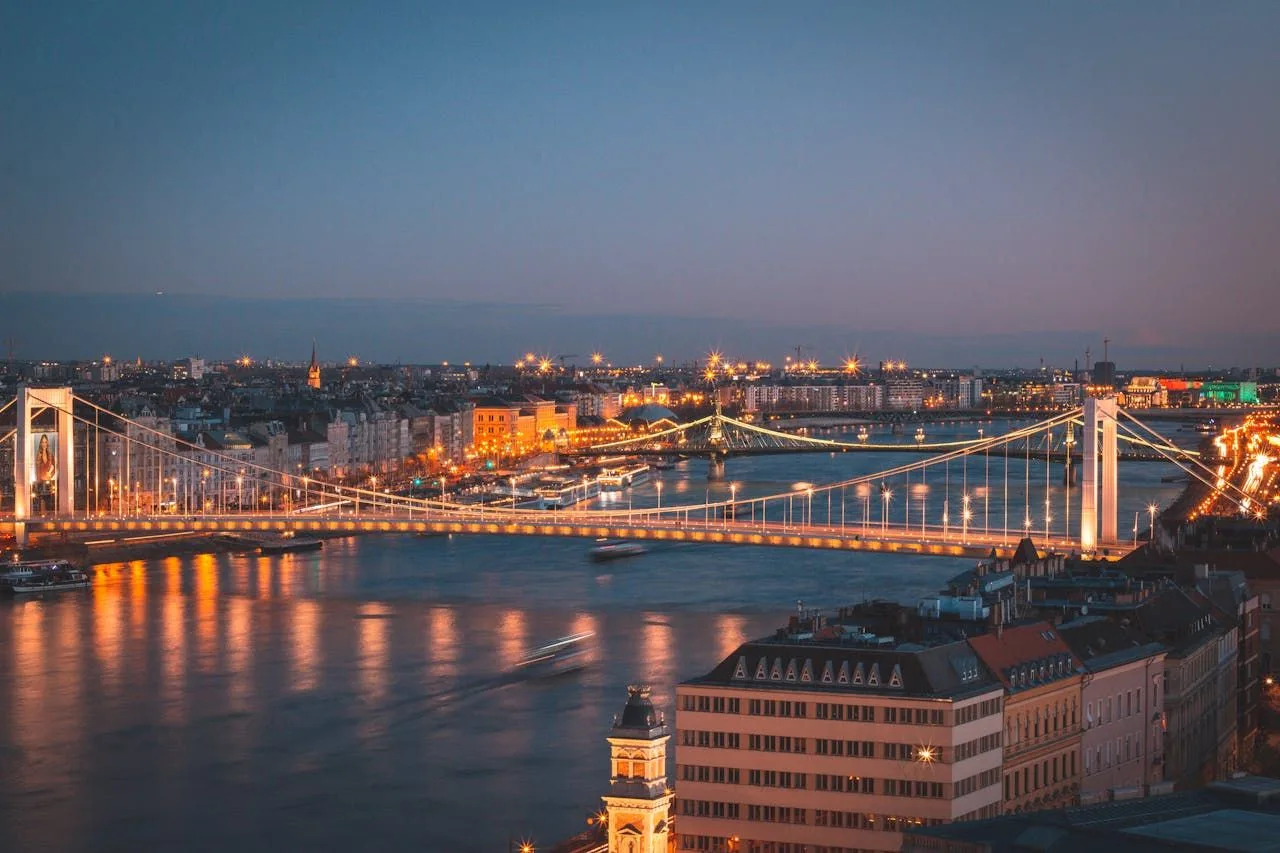Oberammergau, Germany
Address
Oberammergau, Germany
GPS
47.5966949, 11.0673611
Oberammergau in Germany may be well known for religious festivals. The Passion Play, also known as “Passion Play Theater”, plays a once-a-decade. The House of Pilate on the grounds of the Museum features frescoes and live demonstrations from artisans and artists. Upon the side of the street, you can see the Kölblhaus with its gabled roof and painted exterior. The Oberammergau Museum features religious wood carvings by local artisans.
The Passion Play takes place in Oberammergau every 10 years. An event that guests from all over the world travel to. The place in the Ammergau Alps is also known for its numerous “Herrgottsschnitzer”, the carving of religious motifs goes back to the 16th century. The townscape of Oberammergau is particularly characterized by the Lüftlmalerei.
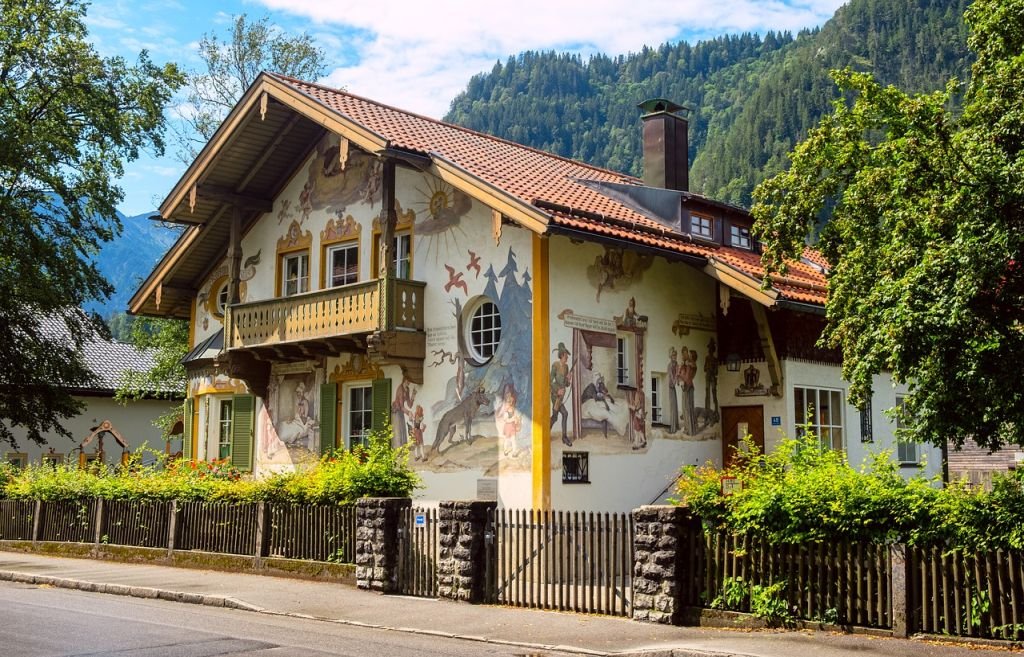
In Upper Bavaria, Lüftlmalerei is the art of painting facades in color. It brought recognition to the Oberammergau family Zwinck at home and beyond the borders of the town. On the painted facades of the houses, scenes from the Passion of Christ were often depicted among the numerous Christian motifs.
When the plague wiped out 80 inhabitants of Oberammergau in 1633, the survivors solemnly vowed to regularly perform a passion play if they were freed from the plague. This vow has been adhered to on a regular basis since then and the length of the hair and beards of the locals makes it easy to see when the time will come again. Every 10 years for the last year of a decade the whole village is on its feet to recreate the last five days of Jesus’ life. In between there is the opportunity to visit the Passion Play as part of a guided tour.
Oberammergau is also known for its numerous “Herrgottsschnitzer”. The carving of religious motifs dates back to the 16th century and was probably influenced by the nearby Ettal Abbey. In the 18th century, the trade in carving products experienced a high point.
Of the numerous Branches that were scattered across Germany and Europe, the goods were brought to the man by peddling the carrier. Tourists have the opportunity to watch artisans at work in the “Pilatushaus” from mid-May to mid-October. And of course there are numerous shops in which you can buy the carvers’ products.

